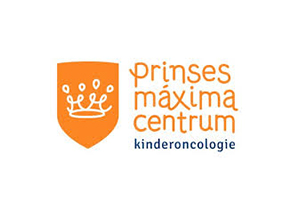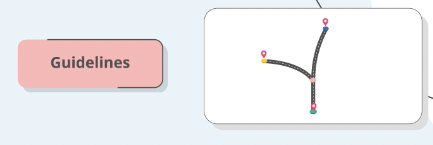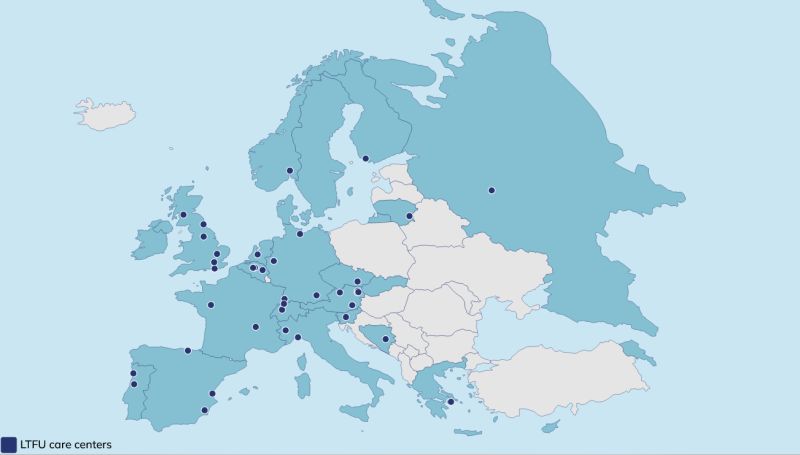In this interview, we meet PhD students Selina van den Oever and Ismay de Beijer from the research group of Prof. Leontien Kremer at the Prinses Máxima Centrum in the Netherlands.

Selina van den Oever


Ismay de Beijer
Why did you join PanCareSurPass?
Selina: I was very excited when my supervisors invited me to join the project. I believe digitalization of the survivorship care plan is the next step in improving Long-term Follow-Up (LTFU) care for all survivors, and I am very happy to be able to be part of that.
Ismay: When I saw the vacancy for the PanCareSurPass project online, I immediately knew I wanted to apply (even though I still had to finish my Master‘s). The combination of science and improving care and quality of life of the survivors is what motivates me the most.
You lead WP1 – tell us about it!
WP1 is responsible for the pre-implementation study. With this study, we aim to identify barriers (bottlenecks) and facilitators (helping factors) to implementation of the digital SurPass. As a start, we sent a survey to healthcare professionals, management personnel, IT-specialists and survivors in the 6 participating countries. The results from the survey will be used to organize Open Space meetings next year, where we will seek more in-depth information. The results from the pre-implementation study will be used to develop a good implementation strategy in WP2.
Another important task of WP1 is to develop recommendations for survivors who are less than 5 years from diagnosis. For this purpose, we will adapt the IGHG/PanCareFollowUp guidelines for >5 years after diagnosis. These recommendations will then also be included in the SurPass.



Why do you think PanCareSurPass is an important project?
Selina: There are many survivors in Europe for whom proper LTFU care is not available. On top of that, standards of care differ greatly among countries, and even within countries. PanCareSurPass aims to improve and harmonize LTFU care, so all survivors receive the best care.
Ismay: PanCareSurPass will empower survivors in such a way that they have access to their own medical history, care plan, and personalized recommendations for LTFU care. Wherever they are, they will be always able to show their SurPass to care providers and request the care they need without having to explain their situation time after time.
What makes this project unique for you?
Selina: Definitely the collaboration between healthcare professionals, researchers, survivors and IT-specialists from so many different countries!
Ismay: I totally agree with Selina! Besides, I love the fact that we are actually creating a product together that is built on knowledge coming from years of scientific research.
What do you hope this project will achieve?
Selina: A SurPass for all survivors who desire to receive one.
Ismay: Increased international collaboration with regard to LTFU care and satisfaction with the new SurPass among its users.
What’s the biggest challenge in your WP?
Selina: The WP1 pre-implementation study is an important building block for all the other WPs. Therefore, it is crucial that we meet our deadlines so that the rest of the project can move forward. It is a responsibility we take very seriously.
Ismay: During the WP1 study, we want to collect as much input from all relevant stakeholders (healthcare professionals, management personnel, IT-specialists and survivors in the 6 participating countries) as possible. The ability to reach these stakeholders for the online survey and Open Space meetings is essential for a rich and solid end result.
What’s the most fun thing in your WP?
Selina: Our collaboration with all the project partners involved! We get to learn a lot about the organization of LTFU care in other countries, and also about the IT aspects of implementing such a digital tool. It is truly inspiring to collaborate with so many people with different backgrounds.
Ismay: Again, I totally agree with Selina! The variety of people and methods we get to work with is very stimulating and enjoyable.
What’s the most important benefit of your WP for survivors?
Selina: The results generated within our WP will help decide on the best implementation strategy. Proper implementation of the digital SurPass in the 6 centers is crucial, so that the benefits of the SurPass can be successfully evaluated during the cohort study (WP4). Hopefully, PanCareSurPass will lead to wider implementation of the SurPass, benefitting survivors from all countries.
Ismay: In addition, we will develop recommendations for survivorship care less than 5 years from end of treatment, a time period for which clinical surveillance guidelines for adverse effects have not yet been fully developed.
What else do we need to know about your WP or is there anything else you want to share?
We are very happy to be part of this project and we are looking forward to the results of WP1. Following the expression ‘Good preparation is half the job‘, we hope WP1 will form a strong basis for the other WPs and, ultimately, the implementation of the SurPass v2.0!






